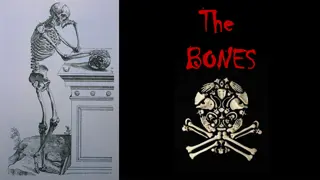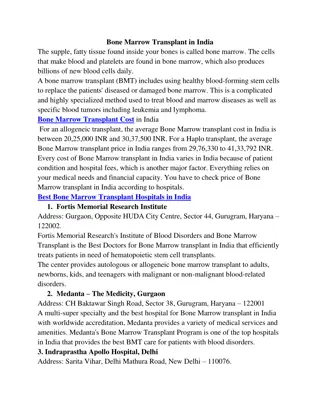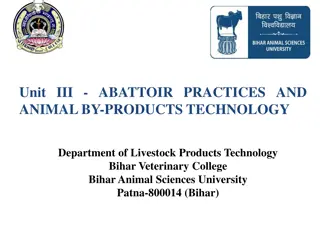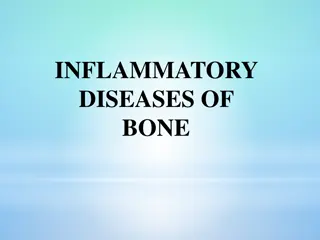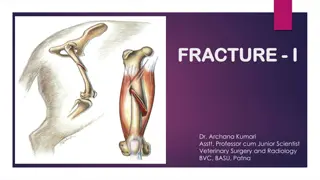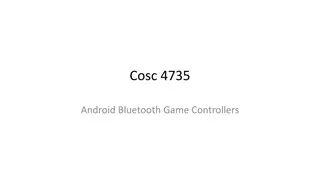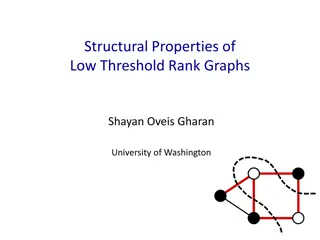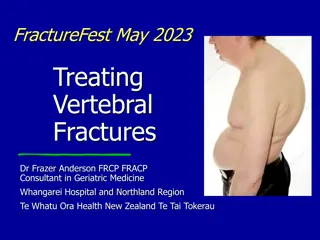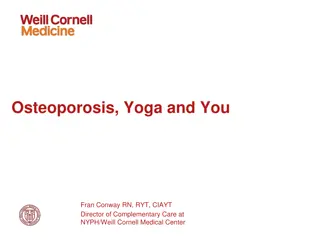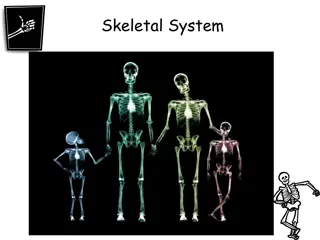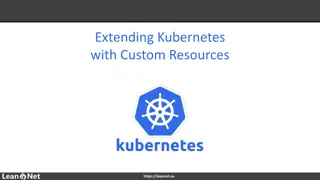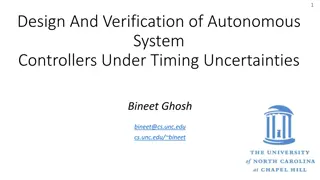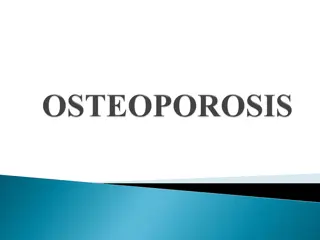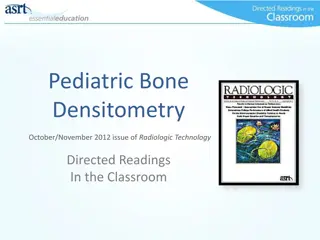Efficient Dynamic Skinning with Low-Rank Helper Bone Controllers
This research explores efficient dynamic skinning methods using low-rank helper bone controllers to achieve robust, simple, and high-performance skin deformation in computer graphics. By investigating linear blend skinning techniques and helper bone rigs, the study aims to address the wishlist of game developers for fast, predictable execution times, small memory footprint, and physically-valid skin deformation. Additionally, it delves into example-based bone control, polynomial functions for controller design, and related dynamic skinning approaches like skeleton-driven elastic simulation and position-based dynamics.
Download Presentation

Please find below an Image/Link to download the presentation.
The content on the website is provided AS IS for your information and personal use only. It may not be sold, licensed, or shared on other websites without obtaining consent from the author. Download presentation by click this link. If you encounter any issues during the download, it is possible that the publisher has removed the file from their server.
E N D
Presentation Transcript
Efficient Dynamic Skinning with Low-Rank Helper Bone Controllers Tomohiko Mukai, Tokai University Shigeru Kuriyama, Toyohashi University of Technology 1
Wish List from Game Developers [Hecker 2011] Robustness Simplicity Compatibility with existing workflow Performance Fast & Predictable execution time Small memory footprint Quality Physically-valid natural skin deformation Plausible dynamic deformation Details (e.g. wrinkles) External forces (e.g. gravity) Physical validity 3
Linear Blend Skinning (LBS) [Thalmann 1988] Robust Simple Supported by most engines Established tools High performance Efficient & Predictable Dynamic deformation 4
Helper Bone Rig [Mohr 2003, Parks 2005, Kim 2011] Primary bone Helper bone LBS on GPU Procedural control on CPU e.g. driven-key/expression in Maya 5
Example-based Helper Bone Control Example skin & skeleton animation Skin weights & Helper bone transformation State-space model System identification Nuclear norm optimization 6
Helper Bone Controller Polynomial function [Mukai 2015] SSM of LTI 7
Related Dynamic Skinning Methods Skeleton-driven elastic simulation [Park 2006] Kinodynamic skinning [Angelidis 2007] Dyna [Pons-Moll 2015] DMPL [Loper 2015] Elastic material param- eter learning [Shi 2008] Position-based dynamics [Rumann 2015] Pose-space subspace dynamics [Xu 2016] 8
Authoring System Input Example skeleton animation Example shape animation Number of helper bones Output Helper bone controller Skinning weight Approximation criterion Squared reconstruction error of vertex position 10
Example-based Controller Building Skinning decomposition [Mukai 2015, Le 2012] Example skin & skeleton animation Skin weights & Helper bone transformation - Static controller (muscle bulging) & [Mukai 2015] - Dynamic controller (jiggling) 11
Dynamic Control with LTI System Internal state unknown e.g. kinetic energy, inertia force Linear Time- Invariant system unknown Input (skeleton motion) Output (helper bone motion) 12
State-Space Model of LTI System LTI Internal state at next time step Internal state ??+1 ?? ?? ?? Skeleton motion =? ? ? ? System matrix Helper bone motion 13
System Identification ??+1 ?? ?? ?? =? ? ? ? Cancel the linear effect of skeleton motion from helper bone motion TSVD Null-space projection of Hankel matrix of skeleton motion decomposition ? ? = ? ? ? ? Internal state & System matrix Hankel matrix of helper bone motion Truncated singular value 14
Dimensionality Reduction of Internal State min dim ? = ~ ??+1 ?? ?? ?? =? ? ? ? min rank ? ? TSVD ? ? ? min ? ?N N : Nuclear norm 15
N2SID: NuclearNormSystemIDentification [Liu 2013] Example helper bone motion 2 min ? ? ? ?? ?? 2 + ? N N Helper bone motion minimizing nuclear norm ? Relaxing rank reduction problem into nuclear norm minimization problem User-specified precision of helper bone control 16
Algorithm Summary Polynomial function [Mukai 2015] SSM + N2SID 17
Monsters Leg Model Maya muscle Height # of vertices = 663 # of muscles = 11 Joint DOF = 5 = 200 cm Training sequence of 4,000 frames 19
Sampling of Training Data Freeze interpolation Spline interpolation 20
Performance Evaluation RMSE (cm) Execution time ( s/frame) avg. dim(z) Data size (kB) Method N4SID (w/o NNO) N2SID ? = 105 N2SID ? = 103 N2SID ? = 10 3.07 22.5 9.17 51.0 2.50 19.3 3.21 7.3 2.48 19.2 3.00 7.1 2.49 20.4 4.04 9.0 2 min ?+??+ ? ?? ?? 2 22 ?
Autoregressive Model-based Control [de Aguiar 2010, Pons-Moll 2015, Loper 2015] 23
Approximation of Human-like Muscle Rig http://www.behind-universe.org/ 24
Exaggeration of Dynamic Deformation ??+1 ?? ?? ?? =? ? ? ? x 0.5 x 1.0 x 2.0 x 4.0 x 6.0 25
Level of Deformation Details Dynamic + Static ~20 s Static only (~5 s) No control 26
Pros and Cons Pros Plausible dynamic skinning Simple implementation of state-space model Efficient computation via nuclear norm optimization Cons Detailed deformation (e.g. wrinkles) External force (gravity, contact, self-collision) Physical validity (volume preservation) 28
Conclusion Helper bone rig Fully compatible with standard workflow State-space model Simple and Robust via Eigen analysis Nuclear norm optimization Efficient computation ~20 s Small memory footprint (~10 kB) Acknowledgements SIGGRAPH reviewers TAISO, Renpoo (www.behind-universe.org/) JSPS-KAKENHI 15K16110, 15H02704 Future work Locally-adaptive rigging Non-linear skinning models 29





